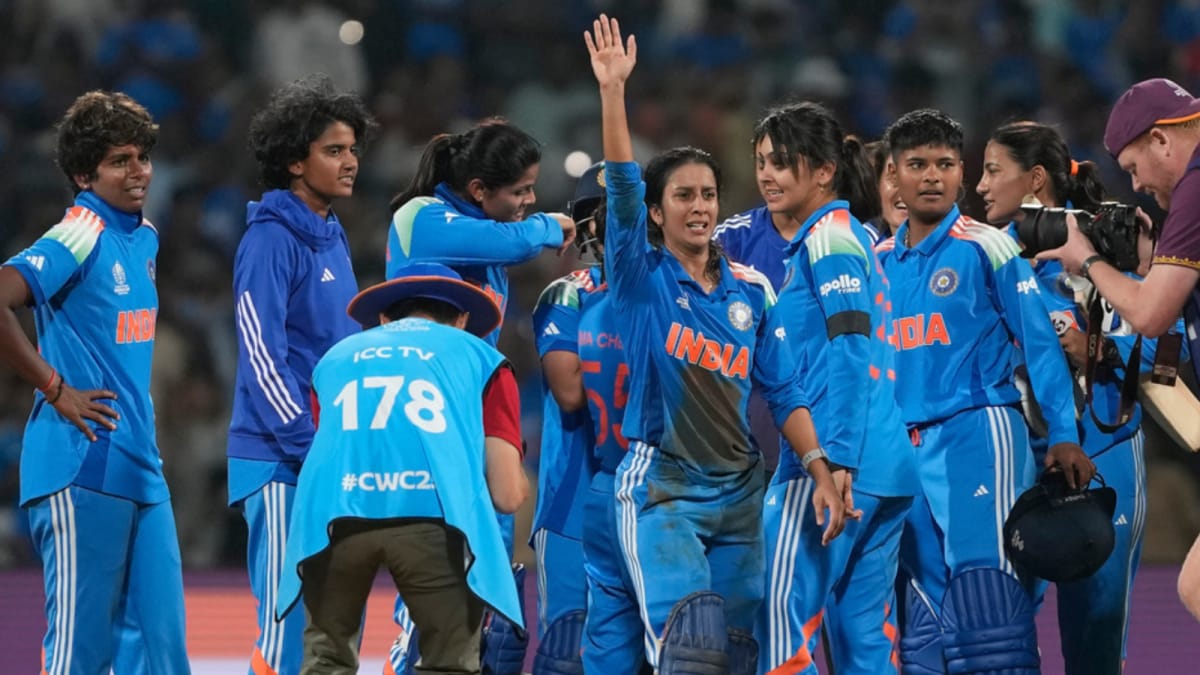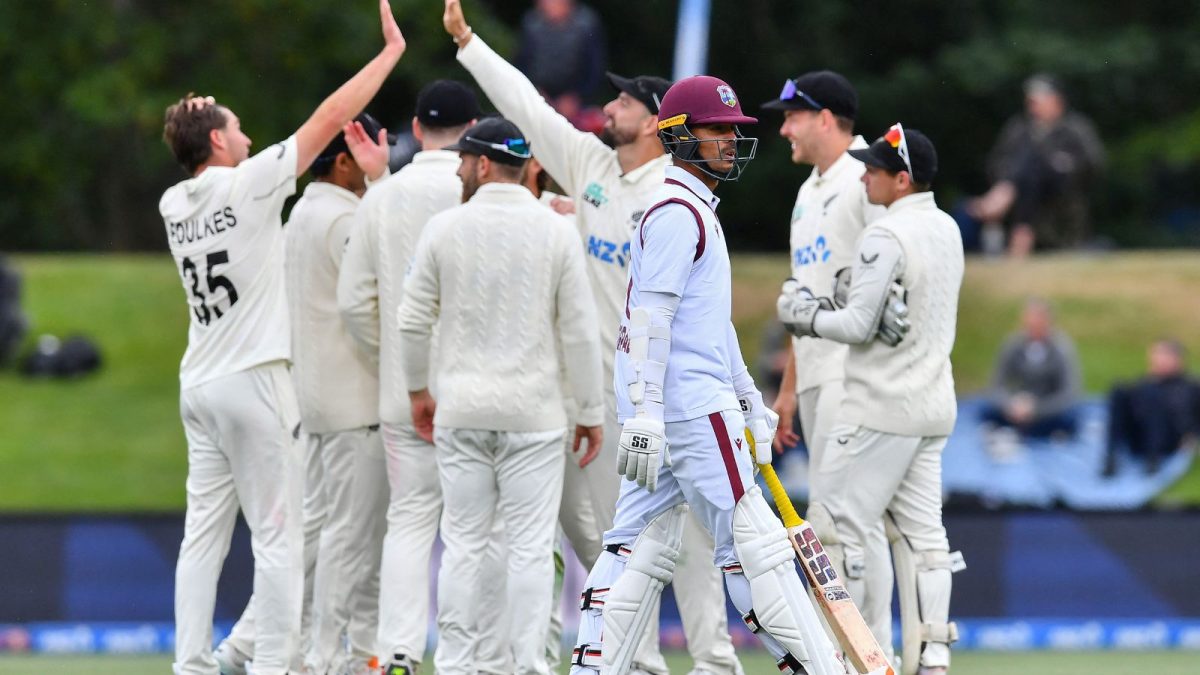India secured their place in the ICC Women’s World Cup final with a historic victory over Australia in Navi Mumbai. The semifinal at DY Patil Stadium was a record-breaking affair with a total of 679 runs scored, marking the second-highest match aggregate in women’s ODI history. Jemimah Rodrigues led the charge with a composed century, becoming only the second player to score a hundred in a World Cup knockout chase, following Nat Sciver-Brunt. This win ended Australia’s 15-match World Cup winning streak, their longest since 2000, and added another thrilling chapter to this fierce rivalry. With this result, India reached their third World Cup final (after 2005 and 2017) and achieved their first-ever 200-plus run chase in the tournament. Their score of 339/5 also became the first 300+ chase in any World Cup knockout, men’s or women’s. The triumph reflects India’s new fearless approach, marking a new era in women’s cricket.
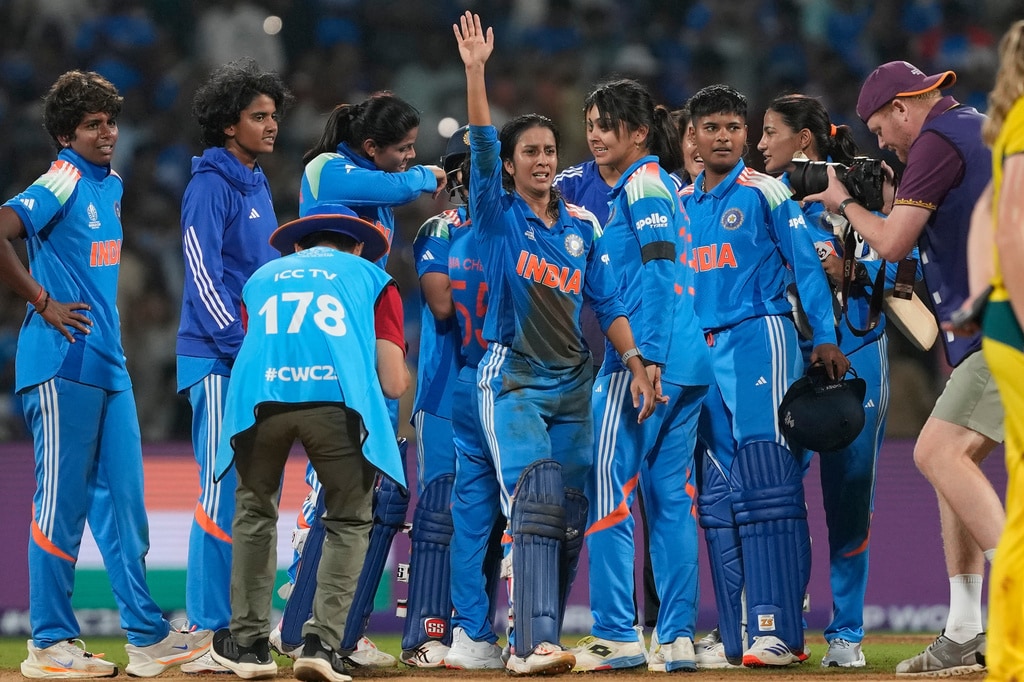
A New Champion to be Crowned: India defeated Australia in the semi-final and will face South Africa in the final at the Dr DY Patil Sports Academy in Navi Mumbai on Sunday with the 50-over marquee tournament to get a new champion.
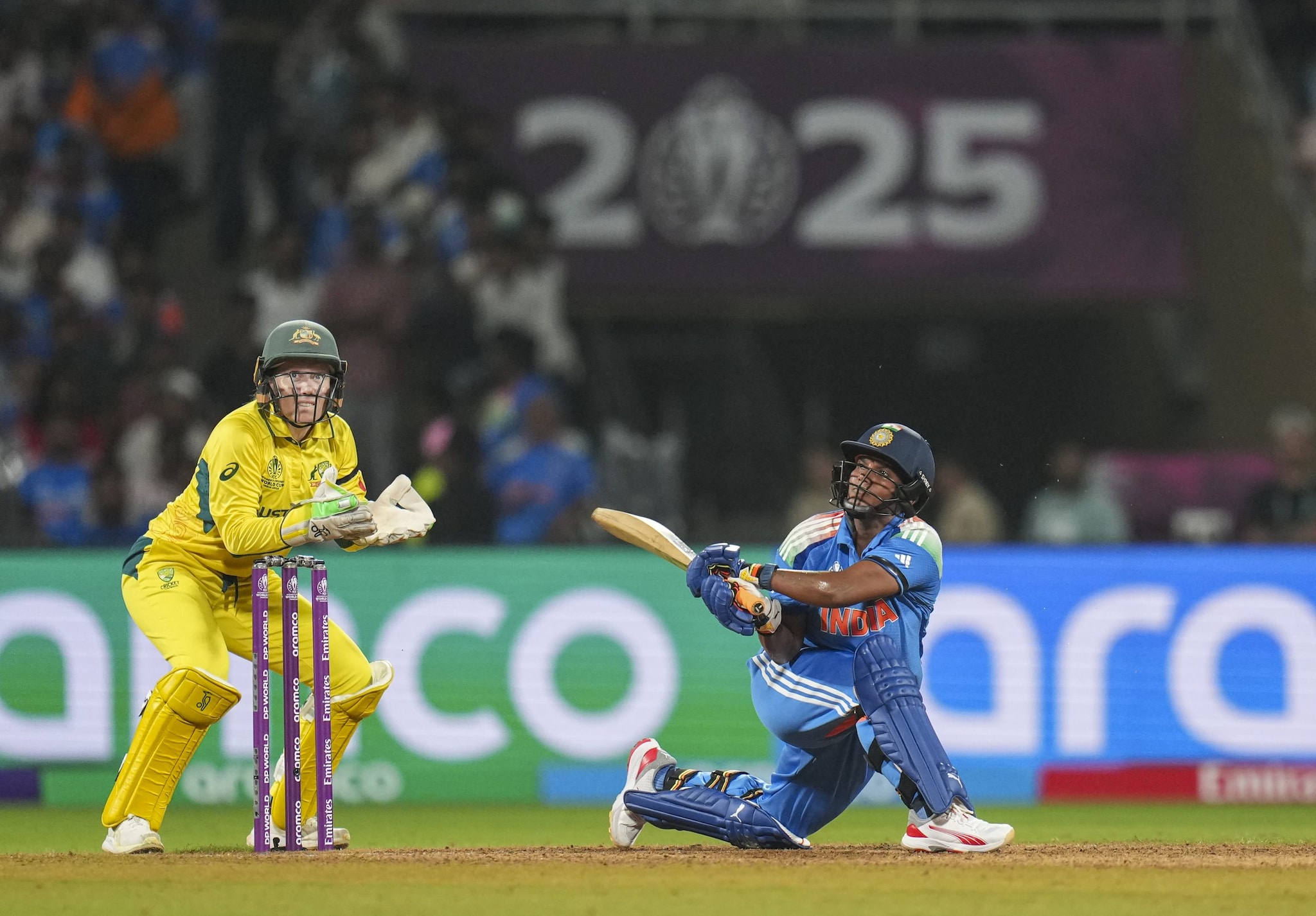
Australia’s Dominant Streak Finally Broken: Australia’s 15-match winning streak in Women’s World Cups, which lasted from 2022 to 2025, was ended by India — the same team that defeated them in the 2017 Derby semifinal. This result adds another chapter to their fierce rivalry, confirming India as Australia’s ultimate nemesis on the big stage.
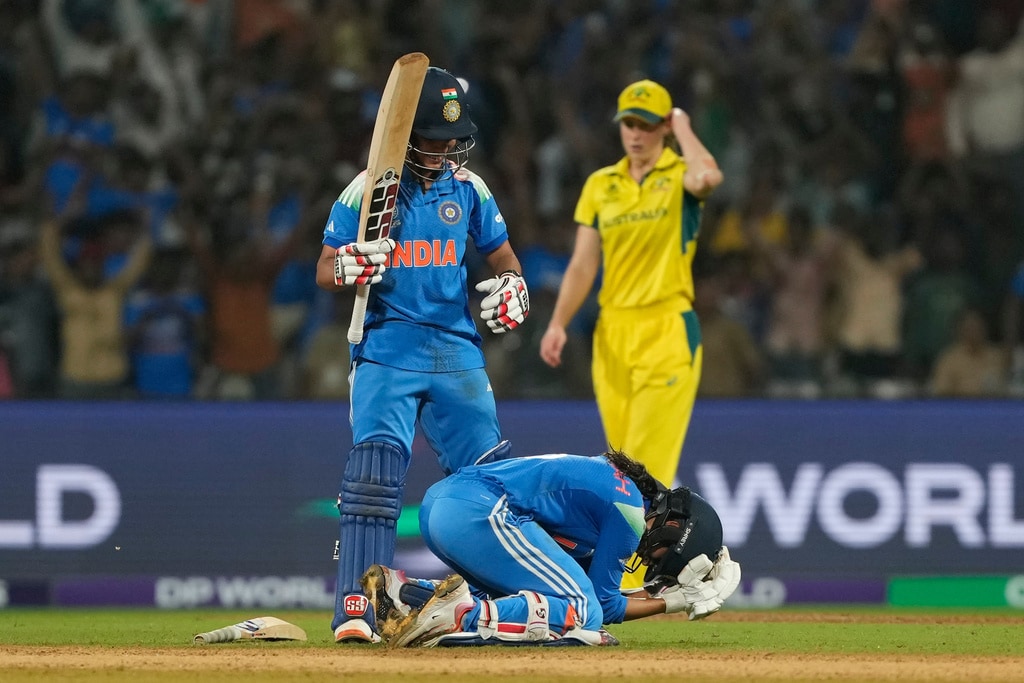
Record-Breaking Showdown in Mumbai: In the semifinal clash between India and Australia at the DY Patil Stadium in Mumbai, 679 runs were scored, marking the second-highest match aggregate in women’s ODI history. The game showcased a perfect blend of power, precision, and nerves as Jemimah Rodrigues crafted an impressive century to propel India into the final.
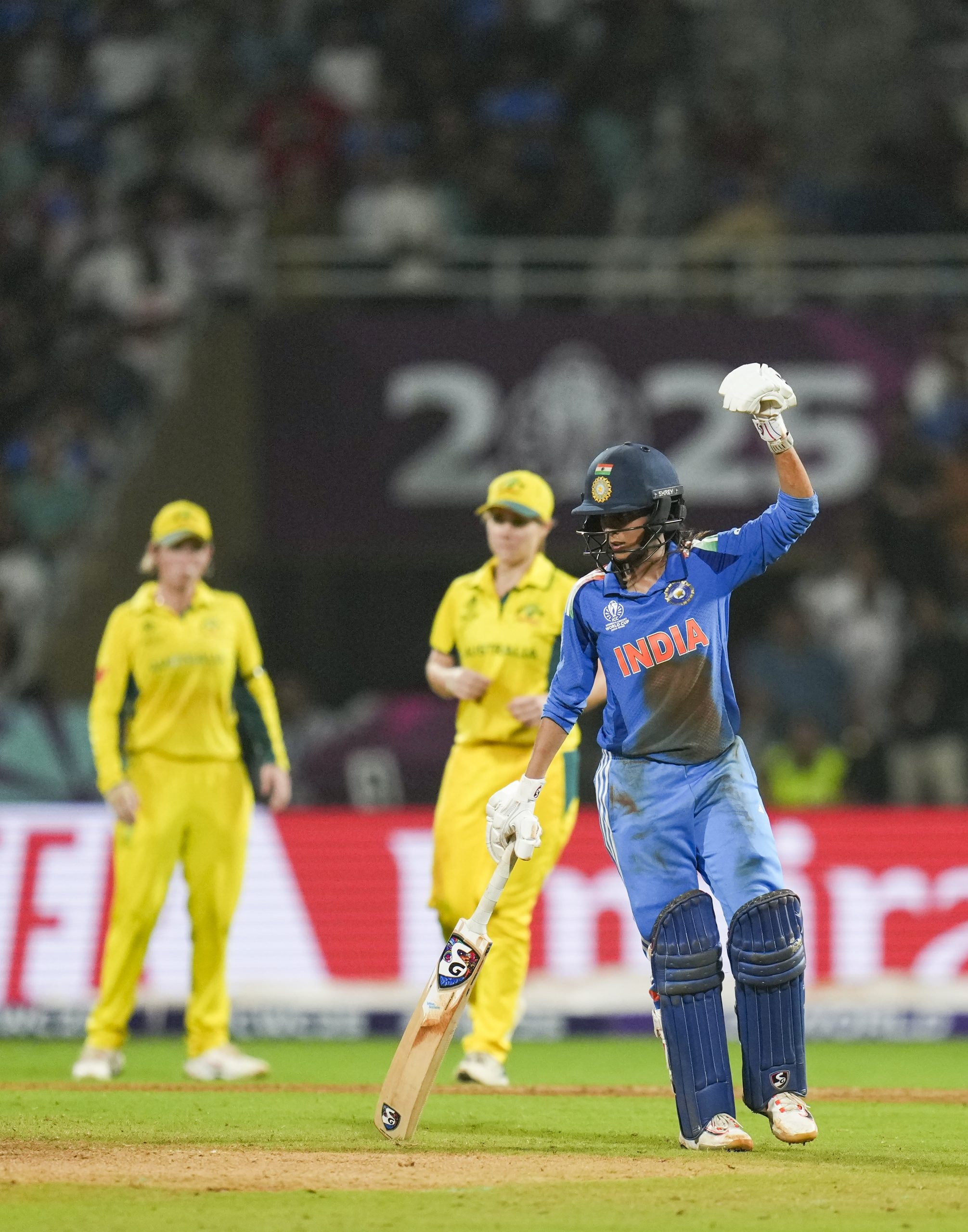
Rodrigues Joins Elite Knockout Club: Jemimah Rodrigues became only the second batter to score a century in a World Cup knockout run-chase, following Nat Sciver-Brunt’s 148 in the 2022 final. Her composed and classy innings turned a tense semifinal into one of India’s most celebrated victories in women’s World Cup history.
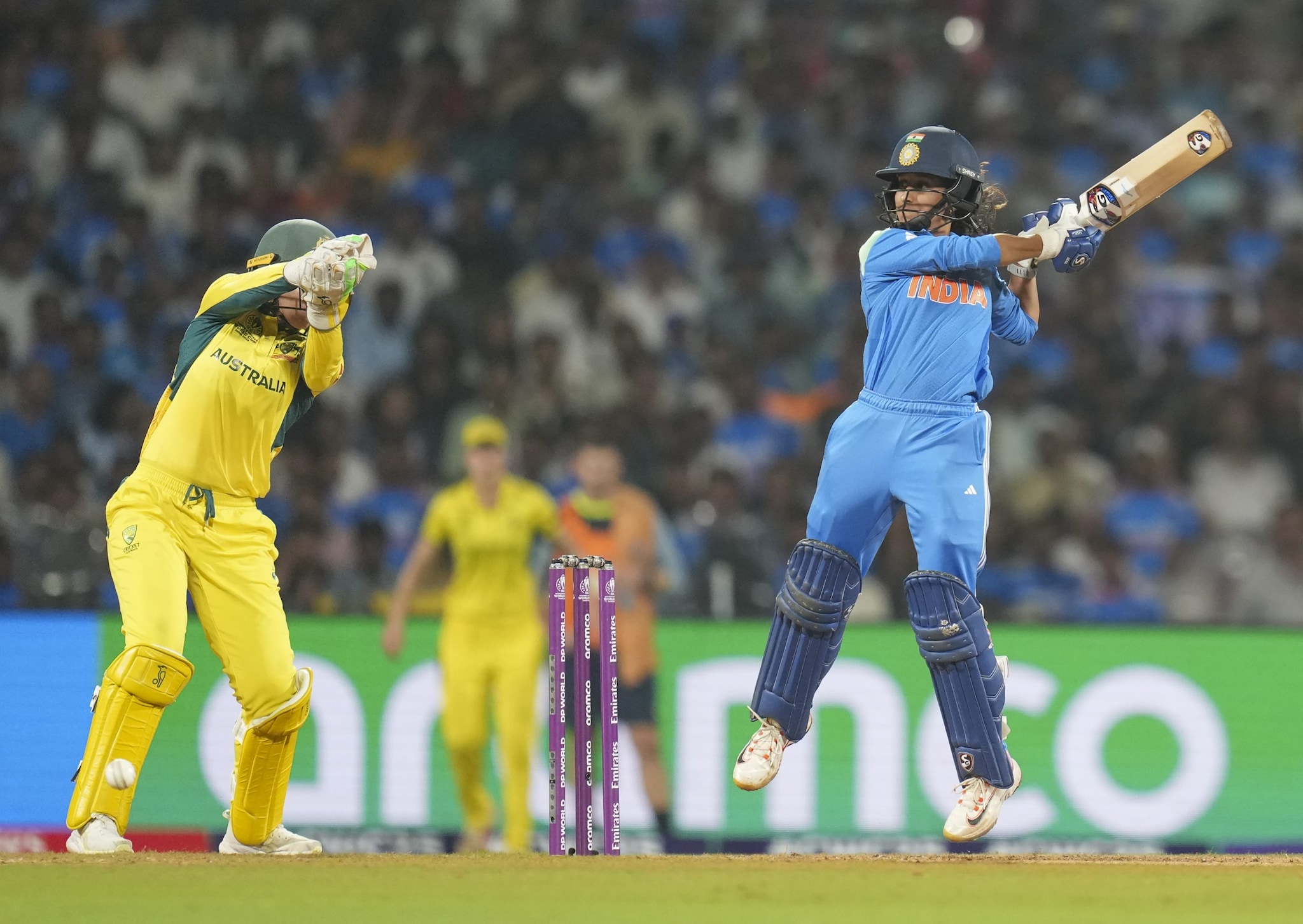
Australia’s Semifinal Record – India, Their Only Hurdle: Australia have competed in six Women’s World Cup semifinals, winning four and losing two — both losses were against India. From Harmanpreet Kaur’s unbeaten 171 in 2017 to Jemimah Rodrigues’ brilliant performance in 2025, India has twice thwarted Australia’s ambitions of reaching the final, each time with exceptional talent and determination.
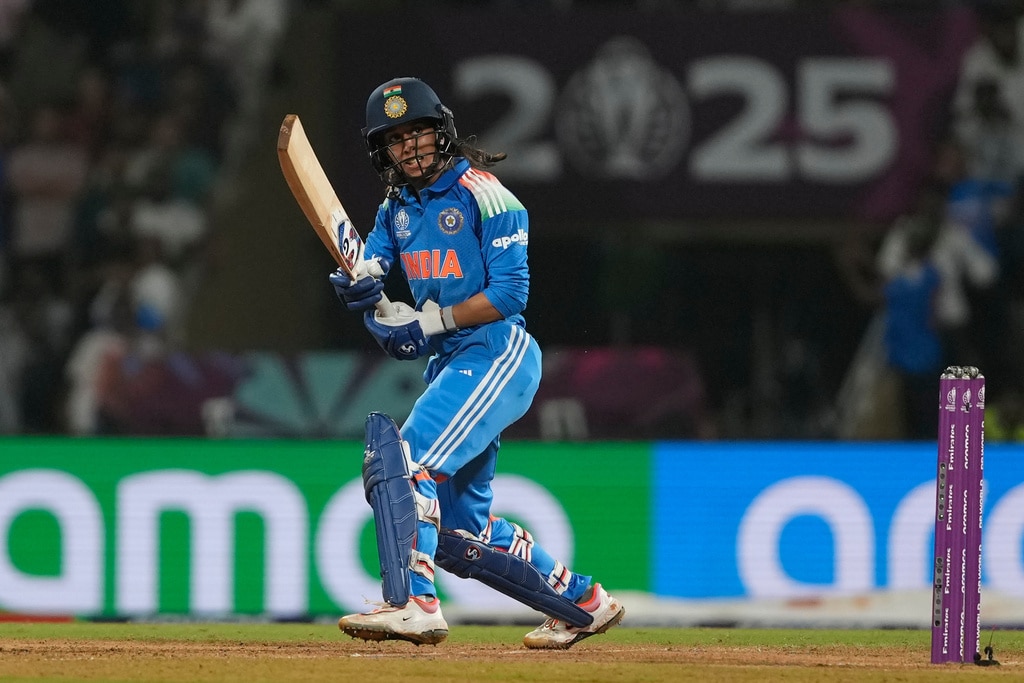
India Reach Their Third World Cup Final: India qualified for their third Women’s ODI World Cup final by defeating Australia in Mumbai. They were runners-up in 2005 and 2017, and this recent achievement demonstrates the team’s progress under new leadership, driven by youthful energy and fearless batting that is transforming Indian women’s cricket.
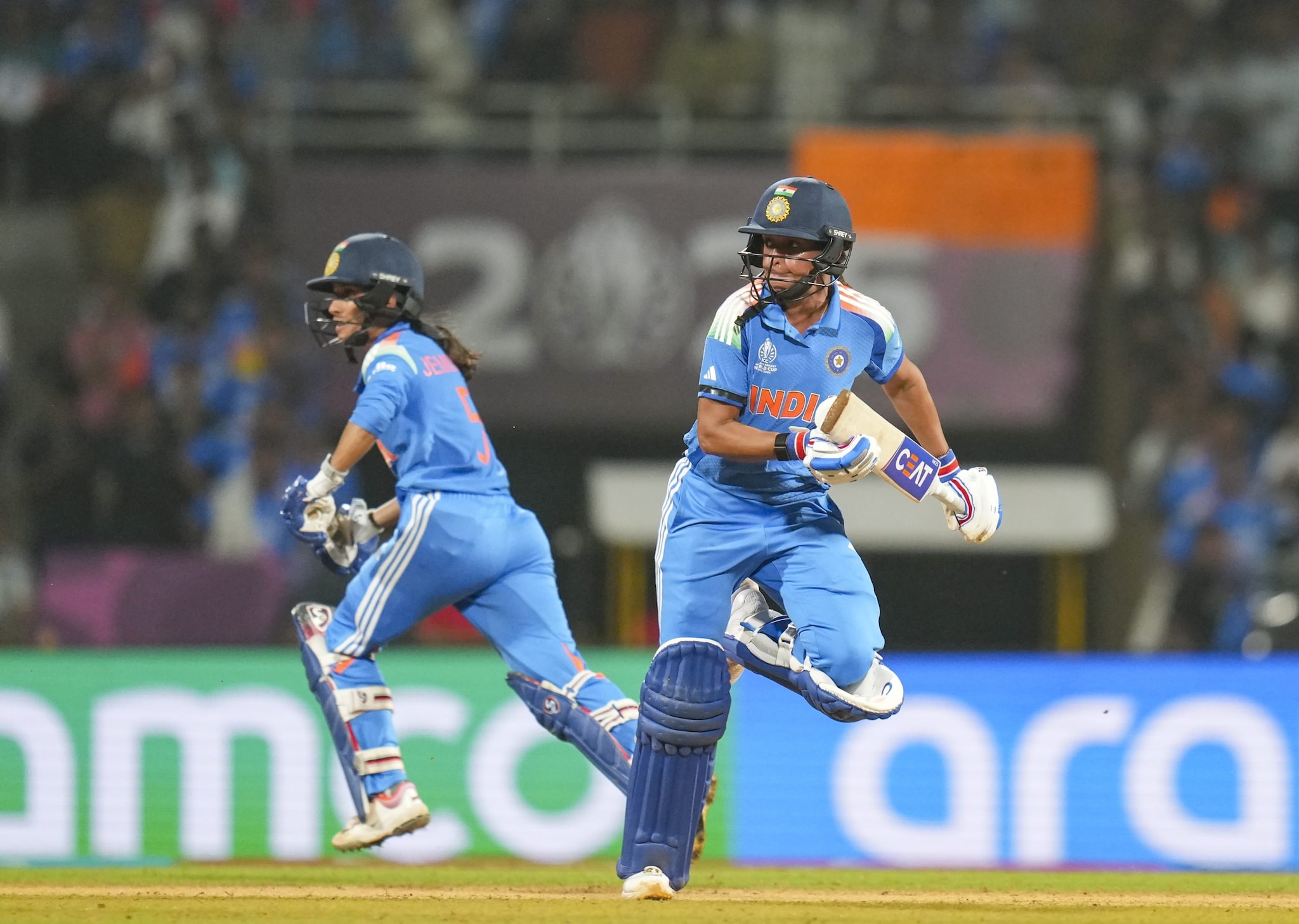
300-Plus Targets – A New Era in Women’s ODIs: For the first time in women’s ODI history, three successful chases of over 300 runs have been recorded in a short period — 339 by India, 331 by Australia, and 302 by Sri Lanka. This remarkable trend illustrates how the women’s game has evolved into a thrilling, high-scoring spectacle that is enjoyed by fans worldwide.
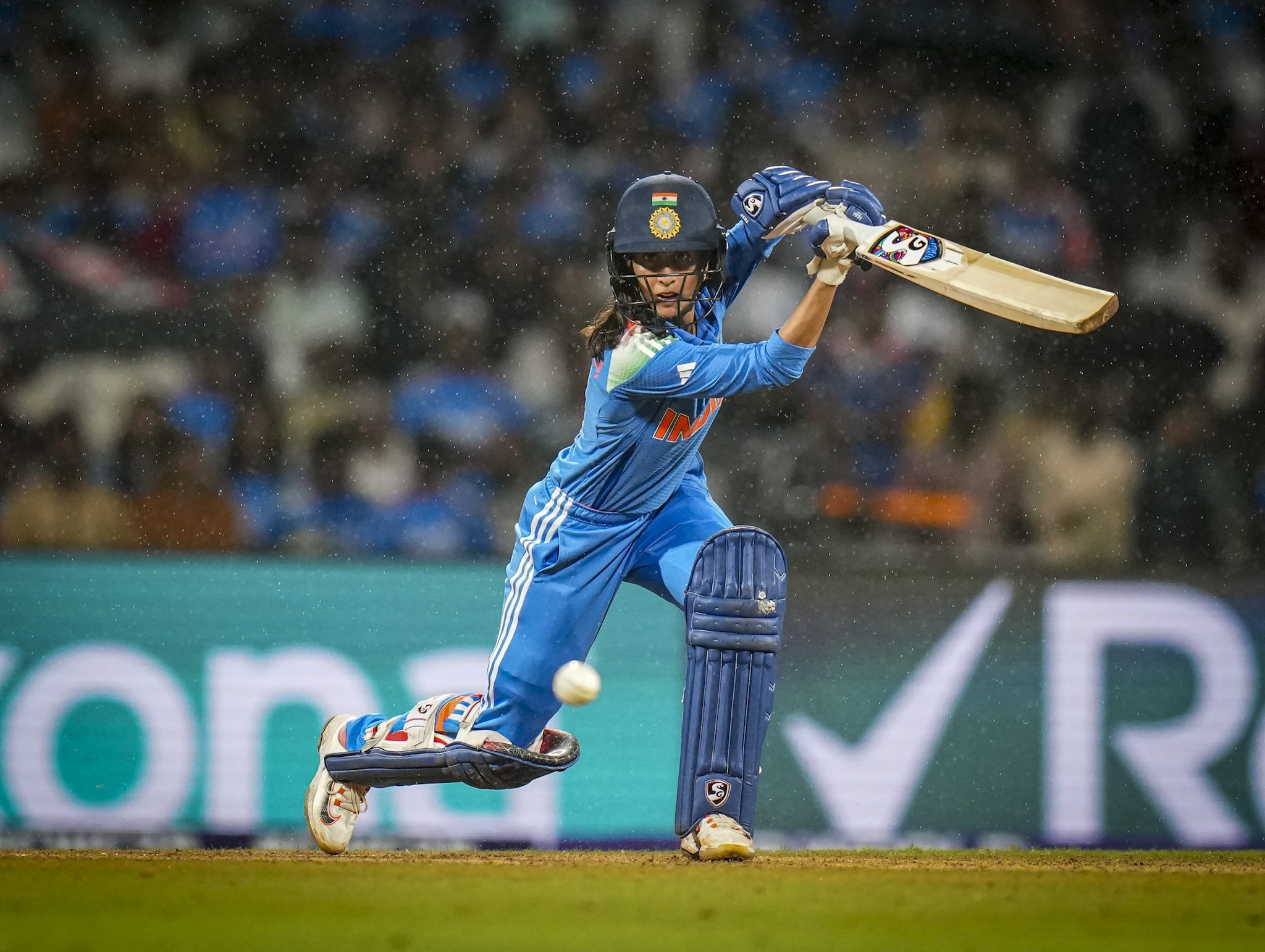
India’s First-Ever 200+ Chase in a Women’s World Cup: India’s successful pursuit of 339 marked their first-ever chase of over 200 runs in a Women’s ODI World Cup match. This achievement showcased the team’s maturity and determination, reflecting how far they have come in handling pressure and setting new records on the grandest stage.
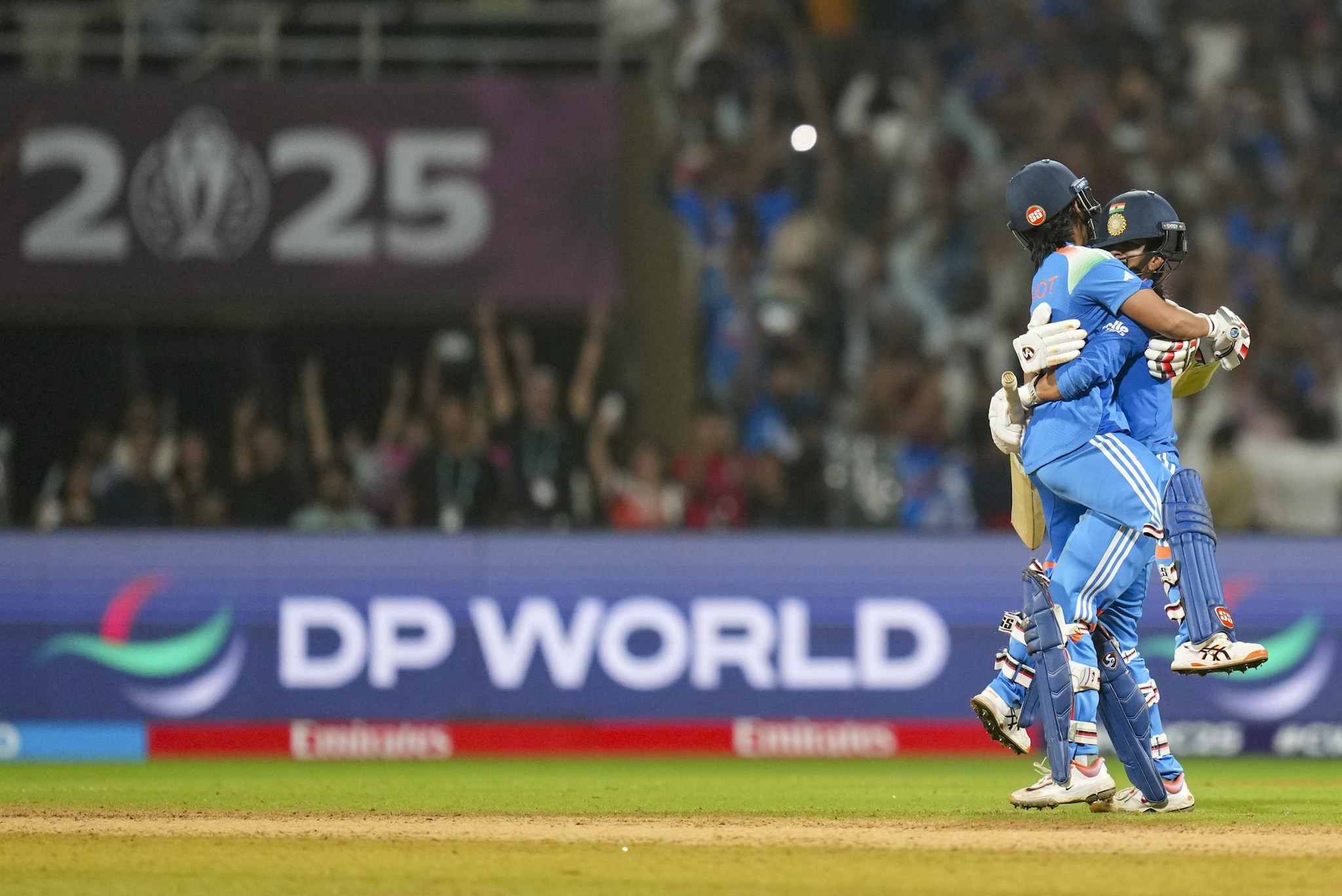
Breaking World Cup Records Across Formats: This semifinal also made history as the first-ever successful chase of over 300 runs in a World Cup knockout, in both men’s and women’s competitions. India’s 339/5 surpassed all previous records, including New Zealand’s 298 against South Africa in the 2015 Men’s World Cup, in a display of pure sporting excellence.
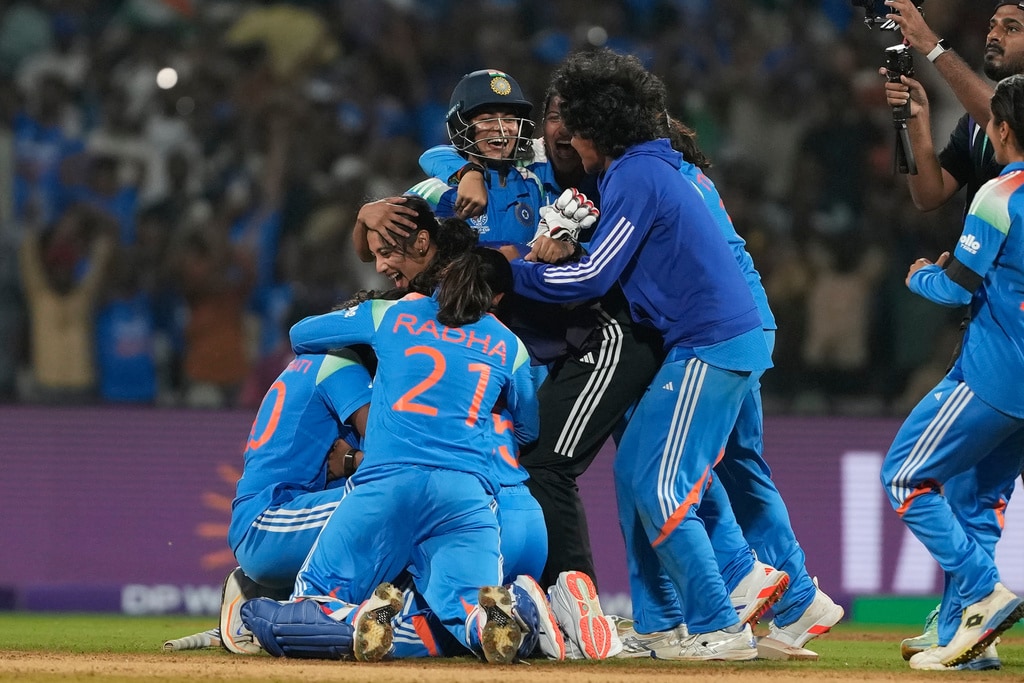
India’s Second-Highest Chase in ODI History: India’s 341/5 in Mumbai stands as their second-highest successful ODI chase, second only to their 369 all out against Australia in Delhi earlier this year. This innings highlighted India’s deep batting reserves and growing dominance in limited-overs cricket, proving that consistency is now their greatest strength.


